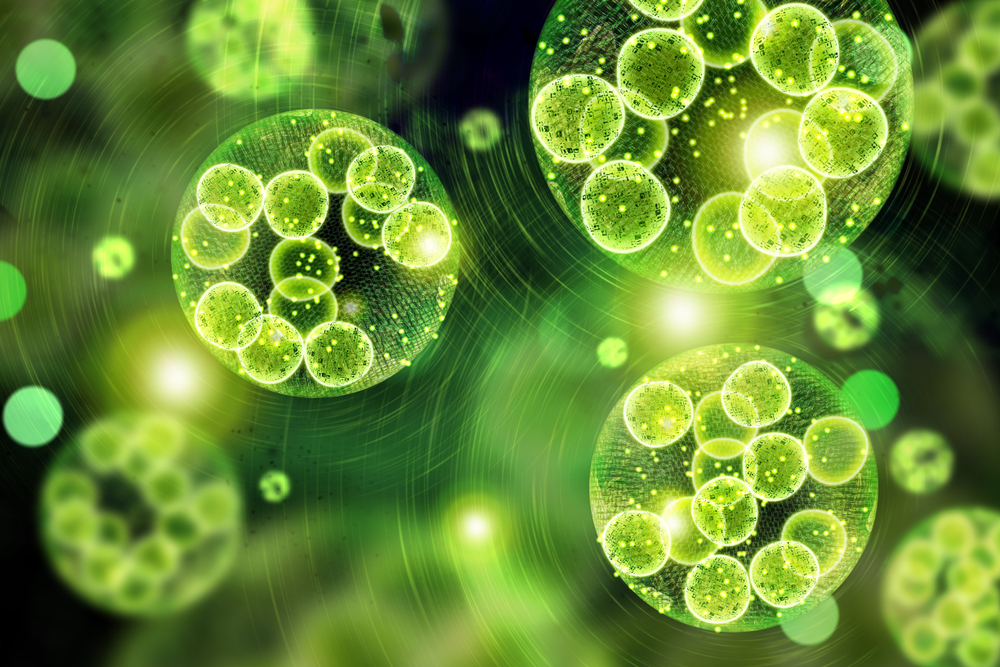
Photosynthesis creates carbohydrates, which many organisms require for fuel, but they are not sufficiently energy-dense to power engines. Recently published research from the University of Chicago describes an innovative new system for artificial photosynthesis that is far more productive than previous artificial systems. Artificial photosynthesis could eventually lead to the production of ethanol, methane, or other fuels.
“Without natural photosynthesis, we would not be here. It made the oxygen we breathe on Earth, and it makes the food we eat,” said University of Chicago chemist Wenbin Lin and senior author of the study.“But it will never be efficient enough to supply fuel for us to drive cars, so we will need something else.”
To produce fuel, the photosynthetic process will need to be reengineered to produce methane, instead of carbohydrates. The research team began with a metal-organic framework (MOF) – a class of compounds made up of metal ions held together by organic linking molecules. They then designed the MOFs as a single layer in order to provide the maximum surface area for chemical reactions and submerged everything in a solution that included a cobalt compound to move electrons around. They then added amino acids to the MOFs and observed that it helped the reaction to be more efficient.
“This is a huge improvement on existing systems, but just as importantly, we were able to lay out a very clear understanding of how this artificial system works at the molecular level, which has not been accomplished before,” said Lin.
A great deal of work is still to be done with artificial photosynthesis before the system could produce enough fuel to be relevant for widespread use, but the researchers note that the breakthrough could also be applied widely to other chemical reactions.
